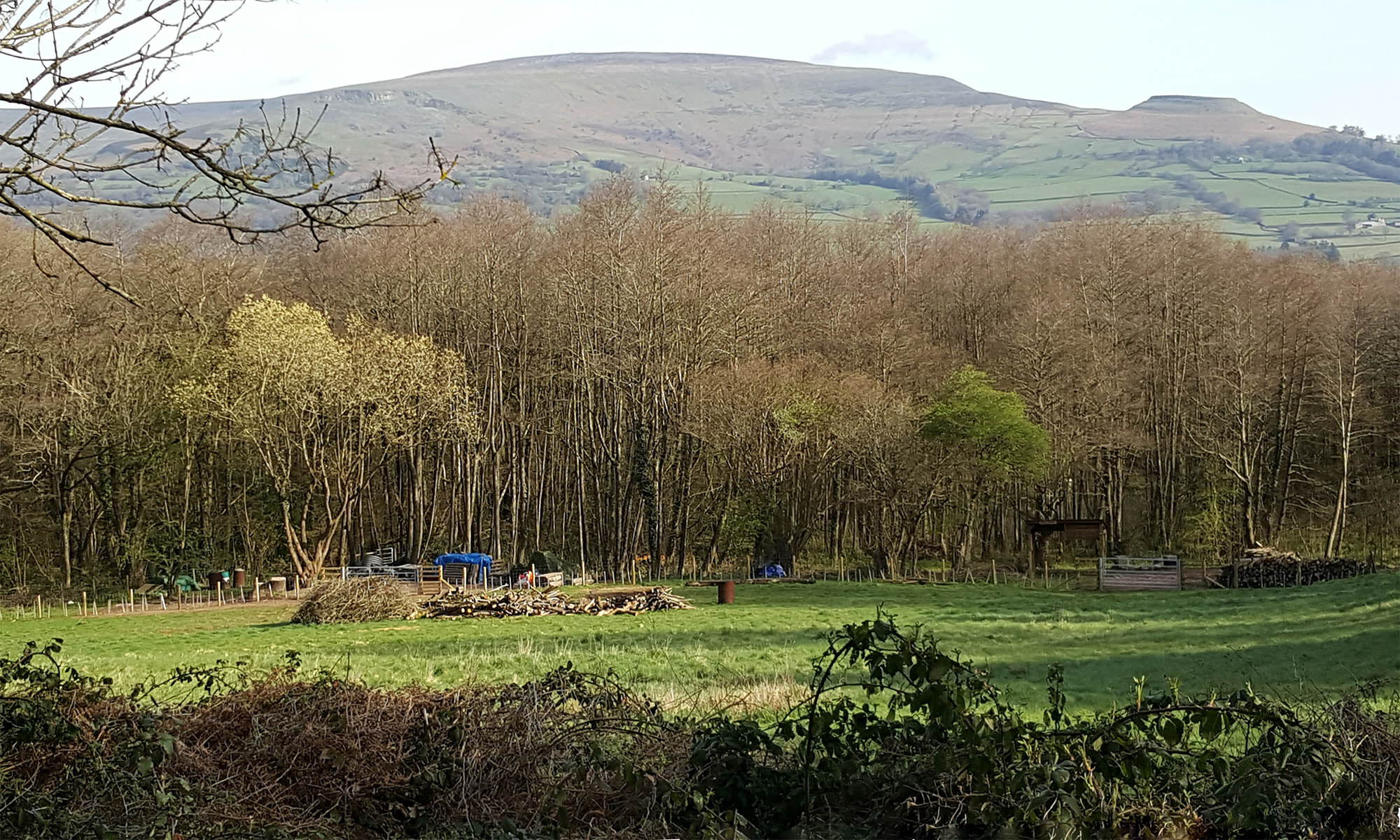CHRISTMAS PLANNING & SATURDAY SUCCESS
Sorry!! Christmas is close so we have to start planning now. Thought you might like to see a new product for our Christmas Fair in December.
Following on from last month’s newsletter we have now had our first Saturday Session which was a great success if not a little wet! We had 12 new volunteers including lots of children. The rain didn’t dampen the spirits so a special half term Story Telling session is to be arranged later in October and plans for the November session are coming together now.
Composting and toilets
The Survey is out. Look on https://www.surveymonkey.co.uk/r/YYY9LZY to complete the survey and support our Lottery Bid which will be going out sometime in December. The Big Lottery feedback from our last application asked us to do a community survey so here it is.
APPLE DAY – 20 OCTOBER – Llangattock Allotments
We have joined up with LACAS this year to hold the Apple Day in the Allotments. It is an international celebration which is held in October every year and we have supported the event for two years now. This year we will be joining with LACAS and Llangattock Community Council to invite everyone to come along, press some apples, have some lunch and share in the work we do all year long.
Start Time 12.00 Midday
Finish when all the apples have been pressed!!
Sausages and rolls available from the BBQ £1.00 a time
ALDER CARR LOTTERY
The Alder Carr Lottery is something we now want to promote to support small projects in Llangattock Community Woodlands. We raised nearly £300 last year and three people won prizes at the end of the year 1st prize £50 and two prizes of £25 each. We are looking to raise more money this year. So if you would like to support us and perhaps be a happy winner please get in touch.
For more information please contact jackiecharltonlgv@gmail.com or andrewgpeach@gmail.com. The Alder Carr Lottery is registered under the Gambling Act 2005 and has a Small Society Lotteries Registration Certificate.
Registration No: LN/201600367
Bob Bee notes for October 2018
The honey harvest is well over now, our bees are collecting their stores ready to keep them alive through the next five or six months when foraging may well be restricted to an occasional flight outside of the hive when the weather permits.
Only a few years ago we were being told by scientists bees would die out if not chemically treated against the Varroa mite in some way. I was at a bee conference in September where speakers were asking the audience, “How many of you are treating your bees to get rid of the Varroa mite”? About half the audience said they had. However, it appears bees are finding some way to survive the mite without chemical treatments but no one had a precise reason why. We are being told that virus is the main reason for bees dying out and that there are several types. One theory is that the type of virus most common in British colonies is not so damaging that it will kill off the colony, some of our bees are able to resist it. I have not used chemicals to remove the Varroa mites for many years now after finding a problem with one of my hives a few weeks after bringing them back from the heather moor. One of the hives still had the metal straps in place that I used to clamp the hive components together when moving hives. This meant I had not inserted the chemical impregnated plastic strips between the brood frames. My immediate reaction was to panic because the chemical strips were meant to be in the hive for six weeks before removing them and as it was then the beginning of October that meant I would be opening my colony up in November. I found a simple method to remove Varroa in a central science Laboratory brochure known as, “The inert powder method”. I immediately tried it on that one colony, after seeing how effective it was in such a short time, also used it on the others with the same result. The method is just dusting an inert powder such as flour, Icing sugar, or French chalk, over the bees so they preen themselves and in doing so knock off the mites that are clinging to the adult bees. This is most effective when there is no sealed brood in a colony where the mites life cycle takes place, so for instance when a swarm first arrives in the hive, or at a time of year when the Queen is not laying. This month I will be checking all the colonies to see if they are ready to strap down for the winter.
Hope to see some of you at the Apple day in Llangattock allotments on October the 20th.
Bee Bob.
LCW Trustees are justly proud of the commitment and enthusiasm of all our volunteers. We meet regularly every Tuesday and you can find information on where and when we meet on our website www.lcwg.btck.co.uk. If you are interested in environmental management, green wood crafts or bee keeping then please do get in touch. Please email Eric Gower eric.gower@gmail.com for a membership form.




